The enemy's Plei Me commando training camp was built in the shape of an equilateral triangle, each side more than 1,000m, with more than 400 puppet commandos and nearly 40 American advisors in command. On the night of October 19, 1965, the sound of an explosion tore through the night on the Chu Ho high point, opening our attack. Only 5 minutes later, Battalion 3 (Regiment 33, Division 1) took control of the outpost base east of Plei Me commando training camp, officially starting the siege of this base.
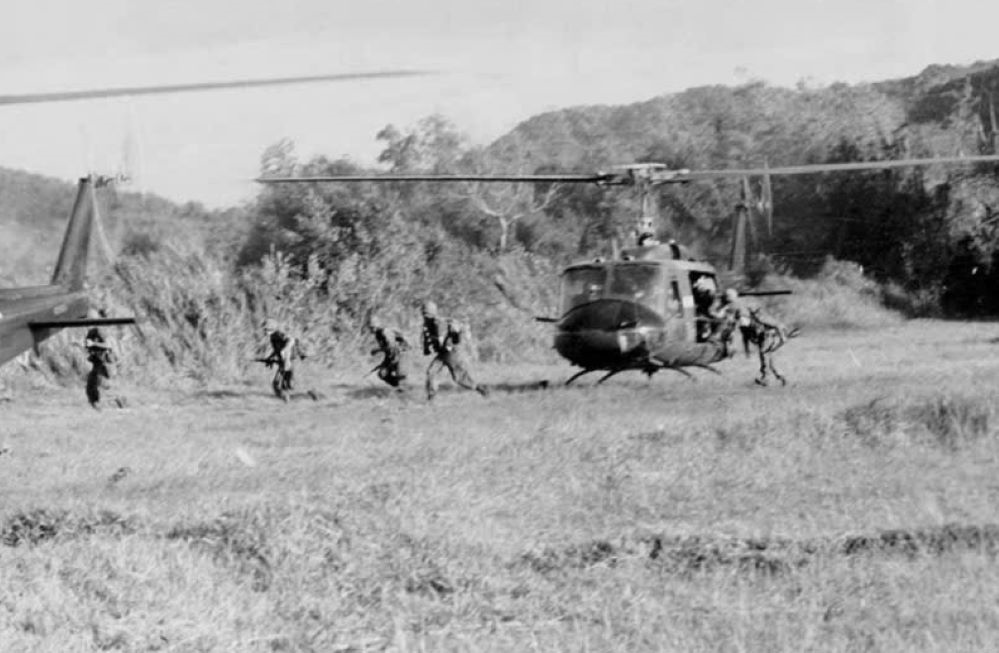 |
American soldiers landed at Ia Drang during the Plei Me Campaign in 1965. Photo archive |
After 4 days of being tightly surrounded, the enemy was forced to send reinforcements. With the tactic of "surrounding the point, destroying the reinforcements", the 320th Regiment of the 1st Division defeated the 3rd Armored Battalion, destroyed the Ranger Battalion and the 1st Infantry Battalion of the 42nd puppet Regiment. The heavy defeat forced the US troops to directly jump into the war with a "search and destroy" campaign.
On October 28, 1965, the 1st Brigade, 1st Airborne Cavalry Division of the US carried out the "leapfrog" tactic to probe our forces. Clashes broke out continuously between the 1st Division of the Liberation Army and the US troops. On November 1, the US troops attacked the 33rd Regiment Medical Station. Doctors, nurses, wounded and sick soldiers fought bravely, killing 60 enemies. After more than two weeks of heavy losses, the 1st US Brigade withdrew from Chu Prong, replaced by the 3rd US Brigade. Continuing with their complacency, the 1st Battalion, 7th US Regiment jumped to landing zone 1 (X-Ray) and encountered a fierce attack from us.
From November 14 to 16, Lieutenant Colonel Harold G. Moore, Battalion Commander of Battalion 1, Regiment 7, directly commanded the unit and witnessed the disastrous defeat. Nearly 30 years later, on October 19, 1993, when he was a Lieutenant General of the US Army, returning to the Ia Drang valley, Harold G. Moore was shown a map of our battlefield by Senior Lieutenant General Nguyen Huu An, the commander of the battle in the past. At that time, Harold G. Moore understood that the Liberation Army did not use a "sea of people", but fought flexibly, boldly, and effectively. From then on, he admitted: "The Liberation Army is a disciplined army, with an ideal for the country, so it fought very bravely, not afraid of fierceness and sacrifice". Major Charles Beckwith, commander of the US advisory force in Plei Me, also had to admit: "We have never met such a good army!"
At noon on November 16, 1965, after 3 days of being defeated by our 66th Regiment, the 1st Battalion, 7th US Regiment was ordered to withdraw from LZ 1 with less than 100 survivors. On November 17, the 2nd Battalion, 7th US Regiment commanded by Lieutenant Colonel Bob Mardaed was completely destroyed by the 66th Regiment. Next, the 33rd Regiment attacked the enemy base in Ia Mo, annihilating hundreds of US soldiers of the 2nd Battalion, 5th Regiment, shooting down 7 planes, and destroying 3 105mm cannons. The US military's "search and destroy" plan was completely ruined.
The Plei Me victory not only defeated the US's "search and destroy" tactic but also had profound strategic significance. General Nguyen Chi Thanh, Politburo member, Secretary of the Central Office for Southern Vietnam, Political Commissar of the Liberation Army of South Vietnam affirmed: "Our army has no medal higher than the First Class Military Exploit Medal, but to be worthy of the Plei Me Victory, this victory should be awarded two First Class Military Exploit Medals." This is the resolute answer to the question: "Can we defeat the US? How to defeat them?" And the 1st Division of the Liberation Army of South Vietnam has proven that through combat practice.
From Plei Me, our army learned valuable lessons about the art of people's warfare, especially the tactic of "sticking to the enemy's belt and fighting". The closer we got to the American troops, the more we limited their bombs and artillery, reduced casualties and created terror for the enemy. In the condition that communication was cut off by bombs and bullets, our units flexibly "used gunfire as a signal for coordination", relying on the sound of weapons to distinguish the enemy's direction from ours, ensuring close and effective coordination.
From the beginning of the Plei Me Campaign until its end, the Liberation Army always maintained the initiative in attacking, forcing the US-puppet troops to respond passively. With the slogan "see the US, fight, find the US and destroy", the US 1st Airborne Cavalry Division was attacked wherever it went, and encountered fierce resistance wherever it went. The Plei Me Campaign became the "key" to opening a new method of combat, contributing to clarifying the truth: We dared to fight the US, knew how to fight the US and were certain to defeat the US. The lessons from Plei Me still hold true, continuing to illuminate the work of training, building the Army and protecting the Fatherland today.
Source: https://www.qdnd.vn/quoc-phong-an-ninh/nghe-thuat-quan-su-vn/chien-dich-plei-me-chia-khoa-giai-bai-toan-danh-my-1011072








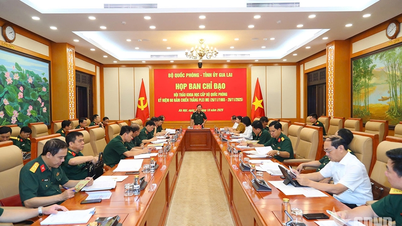
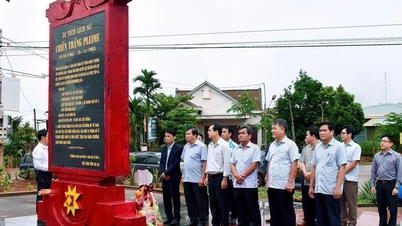

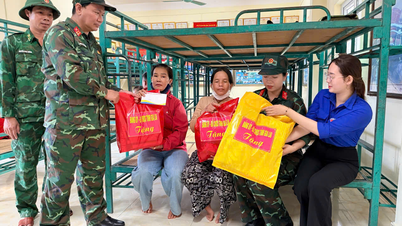

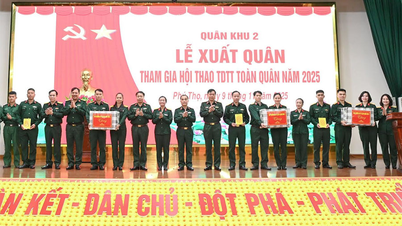
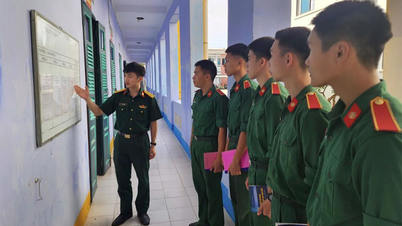
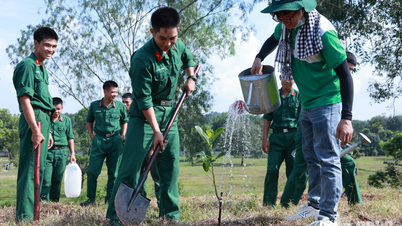






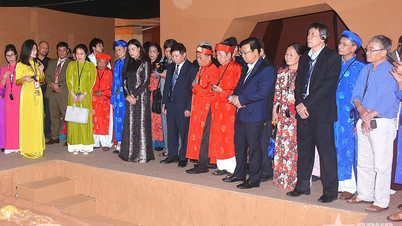


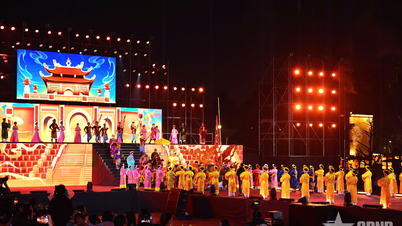




































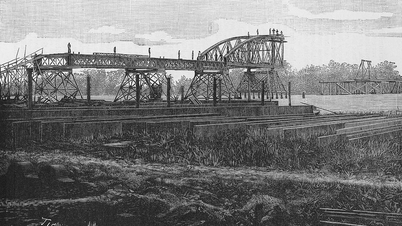
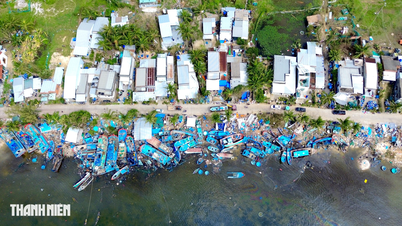
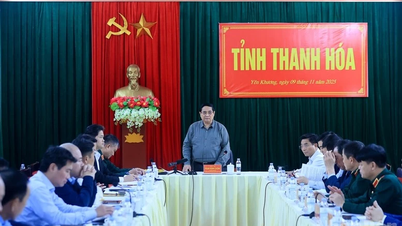








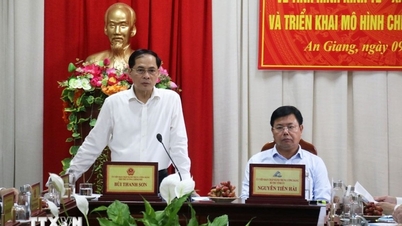







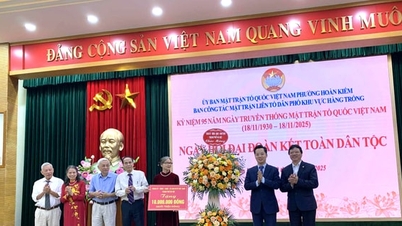



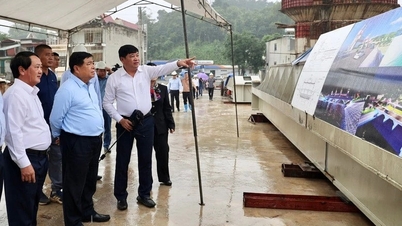
















Comment (0)